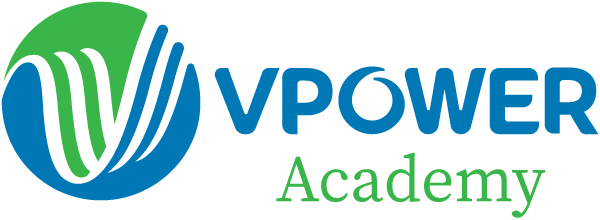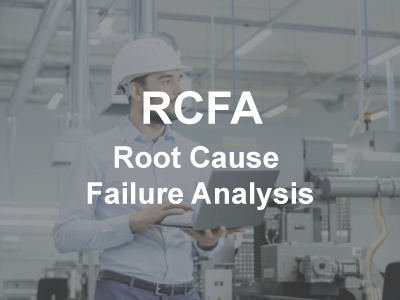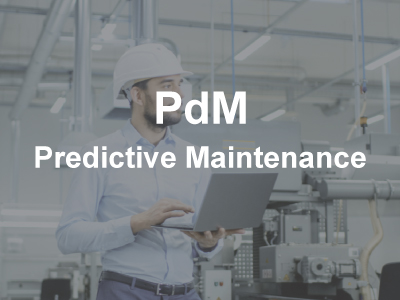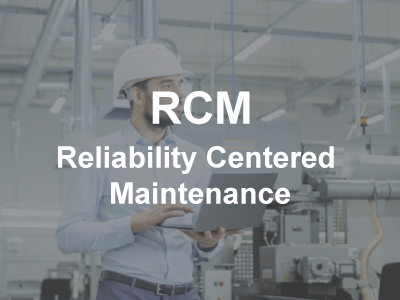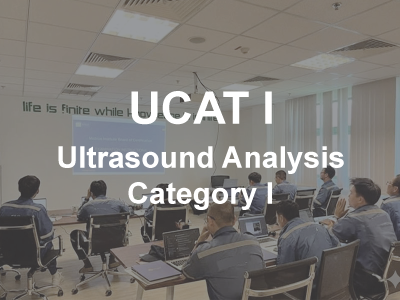For the True Leader of the Reliability Improvement Initiative
You have an exceptional opportunity to make your plant safer, more efficient, and more competitive. Success will bring greater job security and satisfaction to your team — but only if the program truly succeeds.
With that opportunity comes responsibility. Many reliability initiatives fail, but this course is designed to help you lead one that lasts.
True reliability leadership means:
Understanding and communicating the value of reliability
Developing a clear, actionable strategy
Engaging the entire organization to work toward a common goal
Leadership vs. Program Management
Reliability improvement is often mistaken for a technical challenge, but leadership goes far beyond managing technical solutions. It requires vision, communication, and the ability to inspire cultural change.
A true leader delivers measurable value, sustains engagement, and continuously improves performance through reliability and waste reduction. This course will show you how to lead with purpose, avoid common pitfalls, and build a reliability program that delivers lasting results.
Who Should Attend
Plant Managers, Technical Directors, and Department Heads
Professionals responsible for developing maintenance and reliability strategies
Leaders committed to long-term organizational transformation
You will be capable of successfully leading a reliability improvement program.
You will understand:
How to develop the economic justification
How to create and implement an effective strategy
How to build a culture of reliability and continuous performance improvement
How to ensure everyone is trained, motivated, and qualified to perform their roles
How to move beyond reactive maintenance
How to lead a disciplined team that:
Cares for equipment to maximize its lifespan
Learns from data to make informed, effective decisions
Continuously improves every process and practice
TOPICS COVERED
Getting Started
Implementation
The Economics of Reliability
Phase One: Value
Phase Two: Strategy
The Psychology of Reliability
Human Error and Human Performance Management
Culture Change
Phase Three: People
| Phase Four: Control
Phase Five: Acquire
Phase Six: Discipline
Phase Seven: Care
Phase Eight: Analytics
Phase Nine: End of Life (EOL)
Phase Ten: Optimize
|
